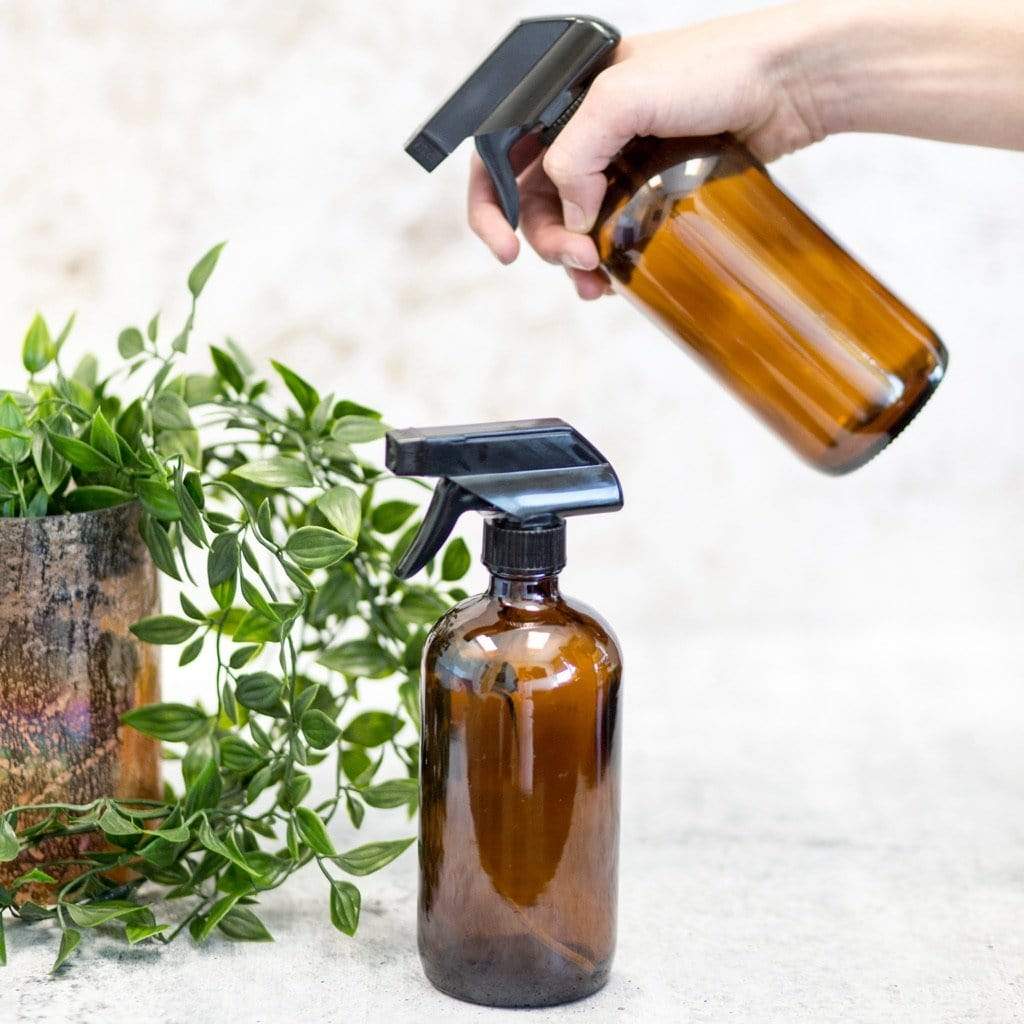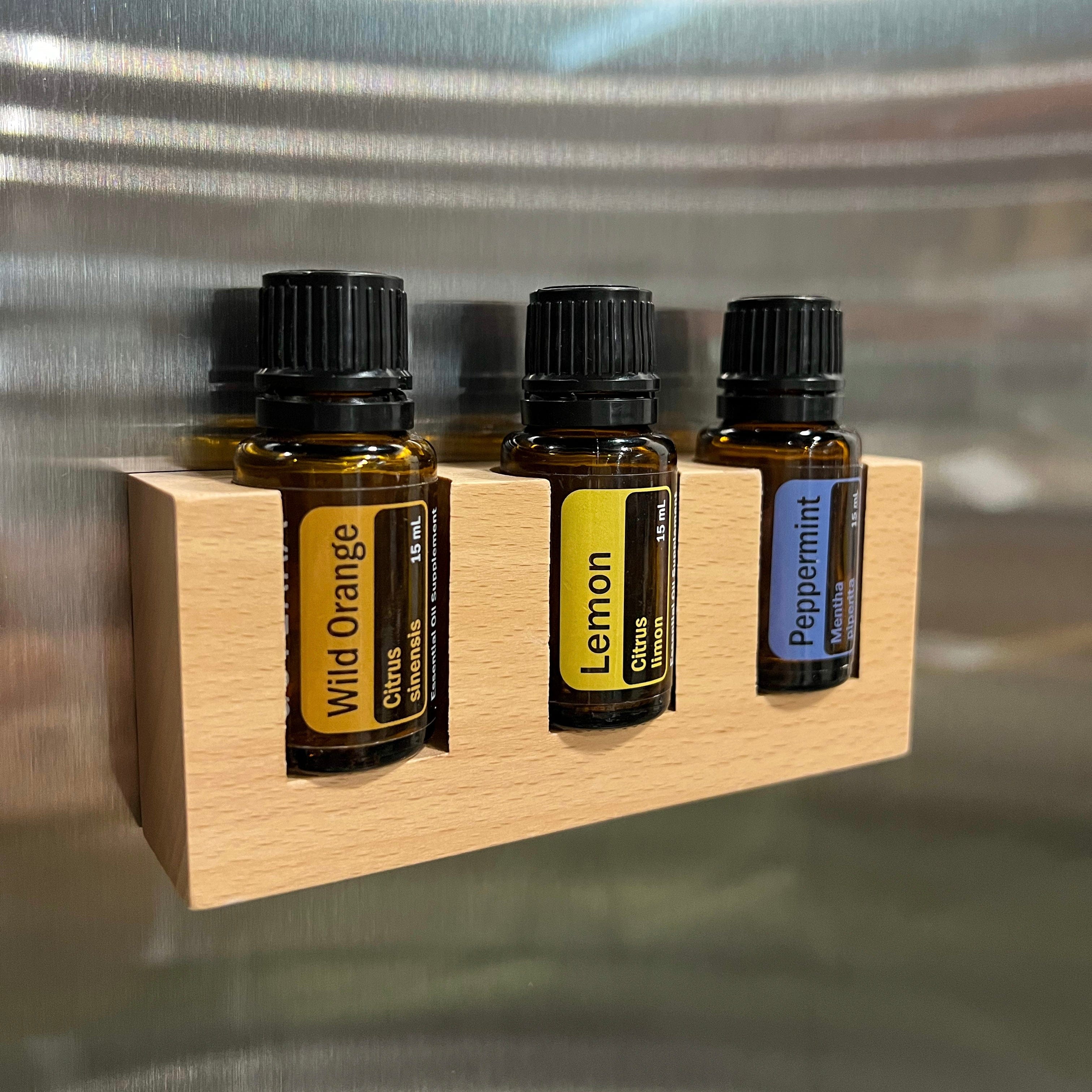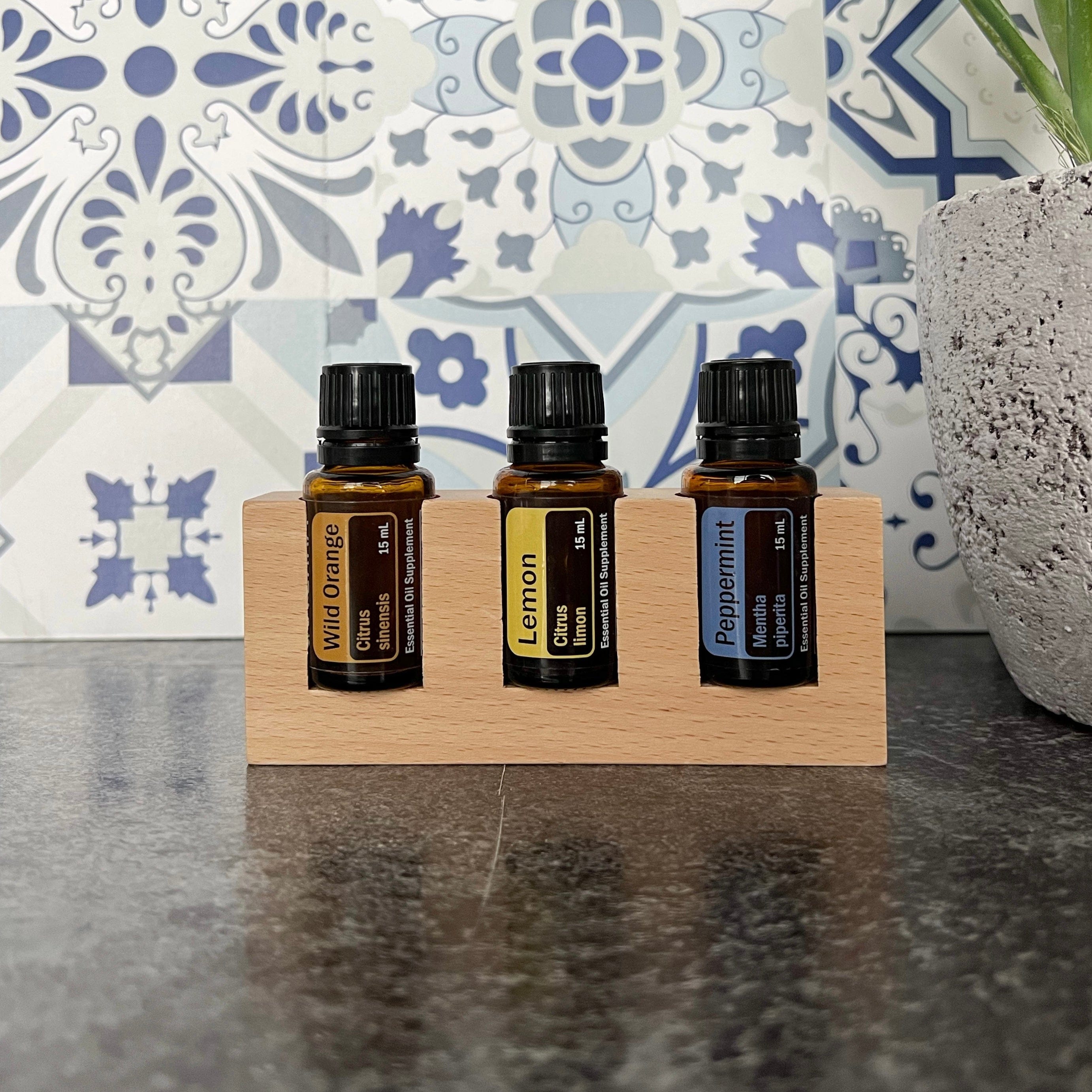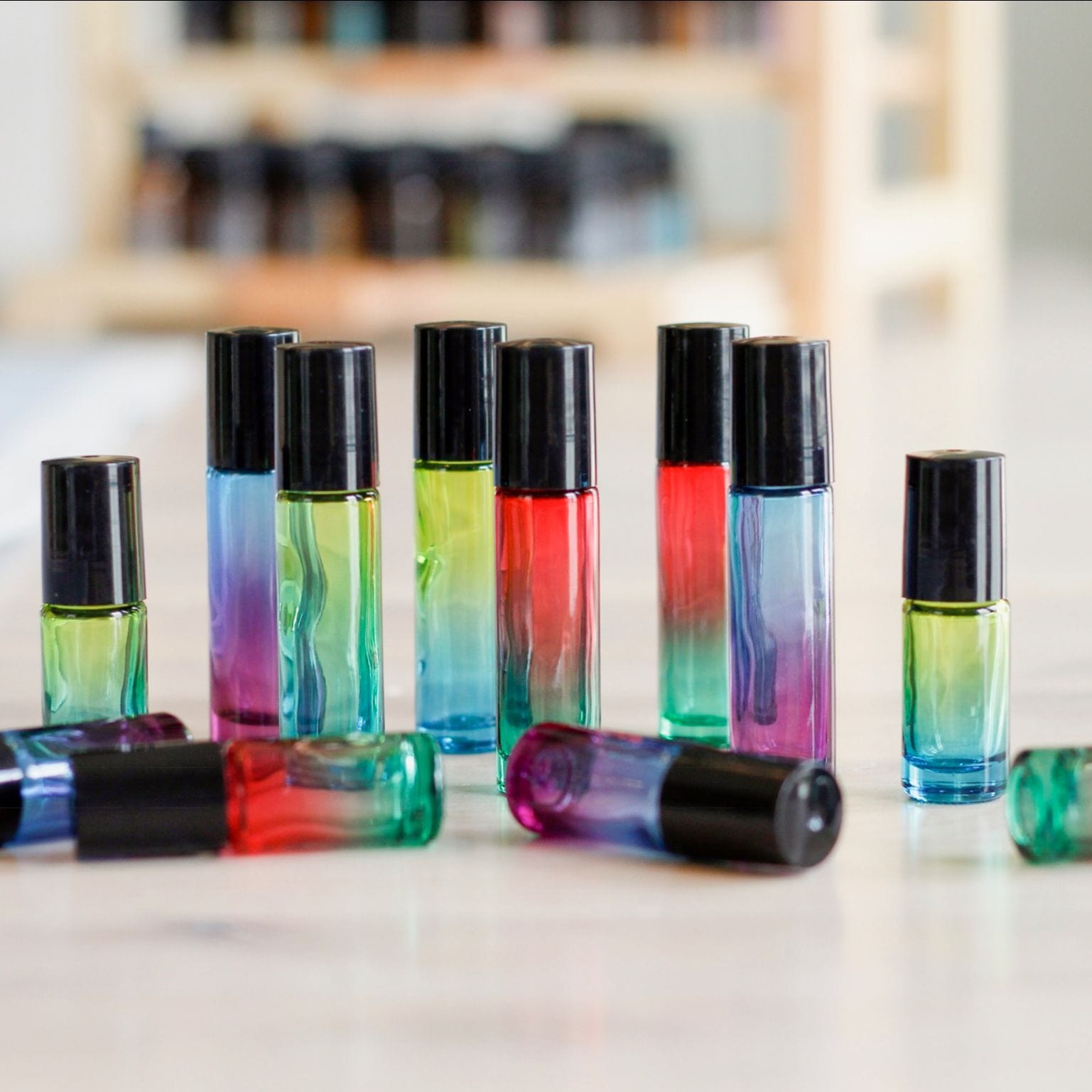Bee stings can be painful and unpleasant, but natural remedies like essential oils offer effective relief from pain and inflammation. In this detailed guide, we'll explore the top essential oils that can help soothe bee sting symptoms and provide step-by-step instructions on how to safely apply these oils.
Understanding Bee Stings
A bee sting delivers venom that can cause pain, swelling, redness, and in some cases, an allergic reaction. Most reactions are mild, but it's important to monitor symptoms for any signs of a more severe reaction, such as difficulty breathing or swelling of the face, which requires immediate medical attention.
Top Essential Oils for Bee Sting ReliefEssential oils can be a potent natural remedy for managing the discomfort associated with bee stings. Here’s a look at some of the most effective oils:
- Purify: This cleansing blend has antiseptic properties, making it ideal for cleaning the sting site and preventing infection. Its soothing nature helps reduce the initial pain and irritation caused by the sting.
- Lavender: Known for its calming and antihistamine properties, lavender oil is excellent for reducing the swelling and redness associated with bee stings. It helps soothe the skin and accelerate the healing process.
- Roman Chamomile: With strong antihistamine effects, Roman Chamomile is another great choice for treating bee stings. It reduces inflammation and calms the skin, providing relief from itching and irritation.
- Clove: Recognized for its powerful analgesic properties, clove oil can numb the pain effectively. It’s particularly useful immediately after the sting to alleviate the sharp pain.
-
Basil: Known for its ability to reduce inflammatory response, basil essential oil can help minimize the swelling and redness that often accompanies a bee sting.
How to Apply Essential Oils for Bee Stings
- Preparation: Before applying any essential oil, clean the sting area with mild soap and water to remove any contaminants and prevent infection. Ensure that the stinger has been removed from the skin.
- Dilution: Essential oils should be diluted with a carrier oil to prevent skin irritation. A common dilution ratio is 1/2 teaspoon of carrier oil, such as fractionated coconut oil, for every 3 drops of essential oil. This dilution is particularly important for potent oils like clove and basil.
- Application: Apply 2-3 drops of the diluted essential oil directly to the sting site. You can gently massage the area to enhance absorption and relief. Be sure to wash your hands after application to avoid accidental contact with your eyes or other sensitive areas.
Additional Tips for Bee Sting Treatment
- Cold Compress: Applying a cold compress to the sting site before the essential oil application can help reduce swelling and numb the area, enhancing the oils' soothing effects.
- Monitoring: Keep an eye on the sting site for signs of an allergic reaction or infection. If symptoms worsen or you experience difficulty breathing, seek medical attention immediately.
- Reapplication: If pain and swelling persist, you can reapply the essential oil blend every few hours. Always use a clean, diluted mixture for each application.
The Role of Essential Oils in Natural Healing
Essential oils are not just effective for bee stings; they play a significant role in natural health and wellness. Their broad range of properties, from antibacterial to anti-inflammatory, makes them valuable for treating various minor injuries and ailments.
For those looking to deepen their understanding of essential oils and their applications, resources like "The Essential Life" book provide extensive knowledge. This essential oil usage guide is a valuable tool for anyone interested in integrating essential oils into their everyday health practices.
In summary, while a bee sting can be a painful interruption to your day, natural remedies such as essential oils offer a safe and effective way to manage the symptoms. With the right knowledge and oils at your disposal, you can quickly mitigate the effects of a sting and return to enjoying your time outdoors. Whether you’re an experienced natural health enthusiast or new to the world of essential oils, these powerful remedies can make a significant difference in your approach to personal wellness.

![16 oz Trigger Sprayer Bottle [Glass Sprayer Bottle] - Sky](http://www.oillife.com/cdn/shop/products/16_oz_blue.jpg?crop=center&height=4012&v=1641322607&width=3009)







